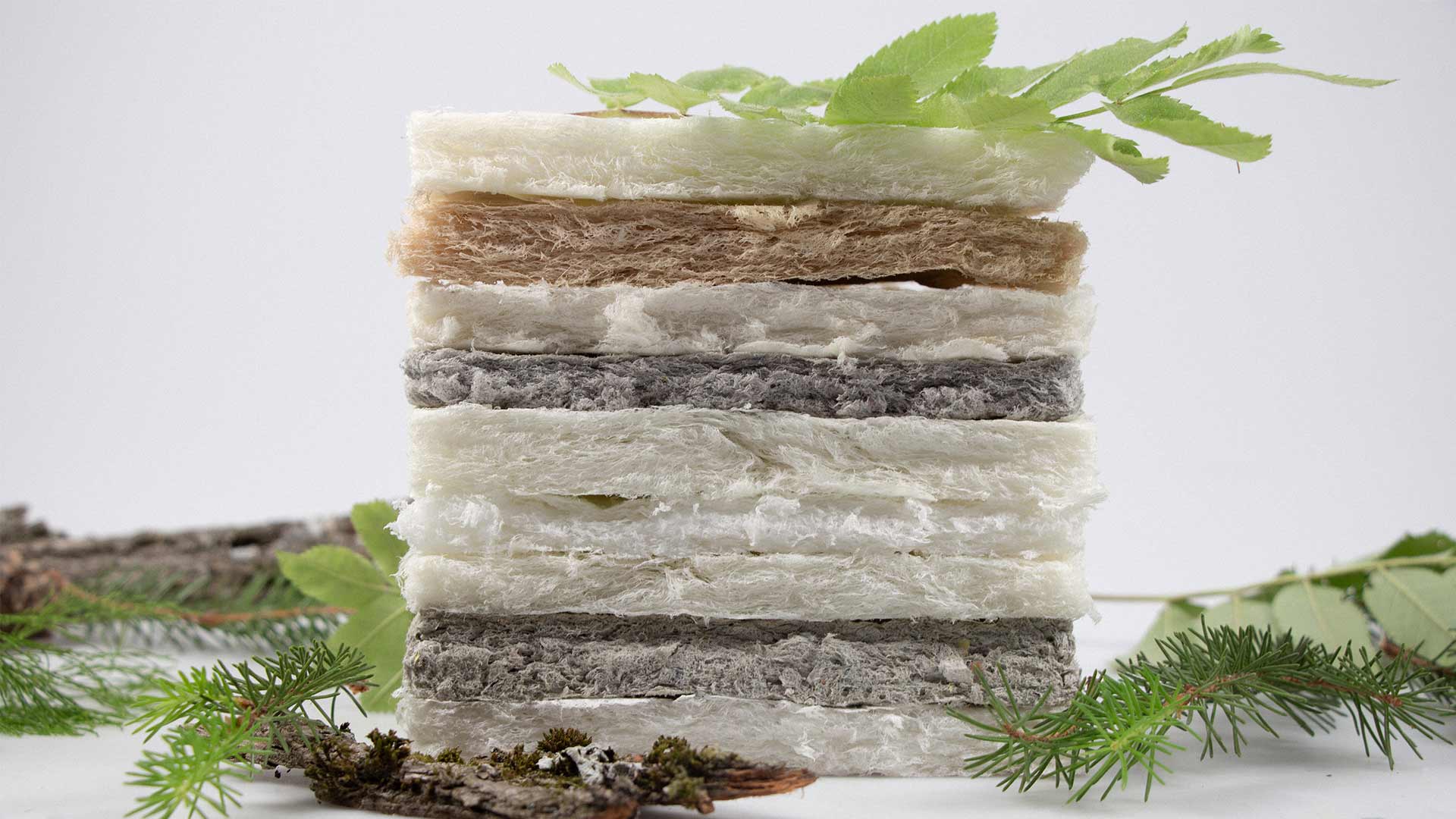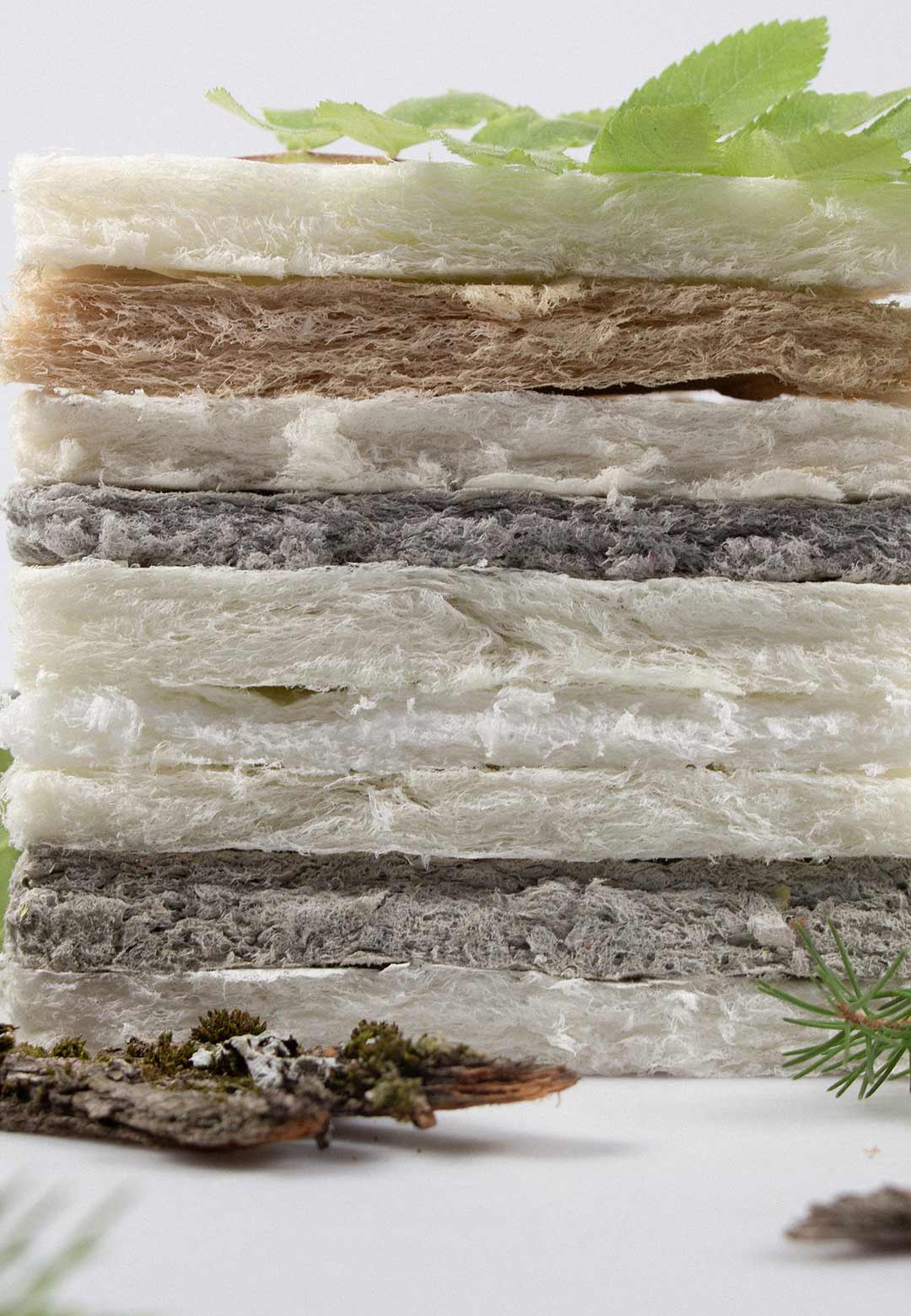The winners of the Biodesign Challenge Summit 2023 have been announced, following the competition which was held in June 2023, at the New School and the Museum of Modern Art, New York. The summit is an education program and design competition that witnesses competitors showcasing their projects harnessing biotechnology across various fields including architecture, food, fashion, health, materials, and energy. Bringing together more than 300 high school and college students from the world over, the competition was judged by a panel of 40 experts hailing from academia, fields of science and arts.
Throughout the academic year, students developed ambitious yet practical projects that leverage biotechnology to tackle urgent issues or to scrutinise its impact on society.
The future of design hinges on a comprehensive understanding of the ongoing debates surrounding biotechnology. With prime objectives of fostering a collaborative community of artists, designers, and biologists, cultivating the first wave of 'bio-designers' who possess the necessary skills and knowledge to drive innovation, as well as promoting substantial public discourse concerning biotechnology and its various applications, the Biodesign Challenge (BDC) serves as a bridge between biotechnology, art and design.
"In its essence, BDC is an effort to offer people opportunities for foresight so that they can choose to apply new technologies wisely," stated executive director Daniel Grushkin, sharing the intent of the design competition. This competition encouraged collaboration among high school and college students, artists, designers, and scientists, to collectively envision, create, and critically assess the prospects of biotechnology. The top accolade, the 'Glass Microbe,' was secured by students from the Maryland Institute College of Art, recognising their inventive project Mother Nacre.
Winners of the Biodesign Challenge 2023:
Overall Winner: 'Mother Nacre' by the Maryland Institute College of Art
The team comprising Maddie Olsen, Finn Yencken, Sarah Becker, Lily Xiao, Orin Noel, Riley Cox, and Starling Wolfrum, conceptualised the project Mother Nacre, which involved enveloping cherished plastic objects within a biomimetic mother-of-pearl coating, emulating the natural protective mechanism employed by molluscs to shield themselves from irritants. Their objective was to transform how people perceive and interact with plastic items by introducing the innovative concept of 'plastic heirloom.'
Runner Up: 'Orbweaver' by the University of Texas at Austin
Influenced by the research of Canadian-American psychologist Albert Bandura, student artist Brad Hakes put forth a collection of measures aimed at diminishing his arachnophobia, the fear of spiders. The project encompassed photographs, videos, and a modified Roomba designed to replicate the intricate web patterns of orb-weaver spiders.
Outstanding Social Critique: 'Colores del Rio' by the California College of the Arts, Design
Melissa Ortiz of the California College of the Arts developed a community engagement tool called 'Colores del Rio' that utilises agricultural waste from the local area to encourage citizen participation and community involvement. Specifically, it repurposes unused red cabbage, enabling individuals, particularly young people without scientific backgrounds, to conduct water pH tests to detect potential contamination.
Outstanding Science: 'Bacterra: Designing Across Scales' by the California College of the Arts, Architecture
'BacTerra' is a research initiative led by Conrad Scheepers, Claire Leffler, Kimia Farahnak, Elizabeth Bond, and Fredrick Leon. This project delved into the exploration of biomaterials to mitigate carbon footprint within the construction industry. Taking cues from nature's processes observed in plankton, molluscs, and birds that create shells by depositing calcium carbonate, the team merged clay, B.subtilis bacteria, and sea urchin shells to develop a bio-mineralisation procedure.
Outstanding Narrative: 'DreamYard Biodesign' by DreamYard
The team of six comprising Aaron Amofa, Yaretsi Mendoza, Fatima Djeponogni, Gabrielle Hargrove, Tyla Dowery, and Carolina Lopez, delivered a talk on their exploration of definitions of Biodesign. Throughout their journey, they conducted research focused on bioluminescence, the phenomenon of living organisms producing and emitting light as well as experiments involving bacterial pigments.
Outstanding Field Research: 'MyDeCo: Mycological Decomposition' by the Borough of Manhattan Community College
The student duo Irina Nissen and Elim Soto from the Borough of Manhattan Community College recognised the pressing problem of textile waste and the resulting pollution caused by microfiber discharge into the air and waterways. In response, they proposed 'MyDeCo: Mycological Decomposition,' involving the utilisation of Pestalotiopsis microspora, a mushroom known for its ability to break down plastic materials. By harnessing the unique capabilities of this fungus, the project aims to create an efficient and sustainable textile recycling process.
Community Choice Prize: 'Strongum' by the Universidad del Desarrollo
The project 'Strongum,' developed by Mariajosé Mendoza, Bernardita Jiménez and Emilia Moure from the Universidad del Desarrollo, earned the Community Choice Prize for its sustainable design approach. 'Strongum' is an eco-friendly and biodegradable, plant-based chewing gum rich in protein. The team's prototypes of this unique gum were crafted from a blend of ingredients, including Lupinus polyphyllus and gluten.
Science Sandbox Prize for Public Engagement: 'tHrIVE' by the New York University Integrated Design & Media
'tHrIVE,' conceived by Sheila Atieno, Diedre Brown, Tori Coleman, Andi Sanchez, and Anshika Srivastava, is a project building upon the research conducted by the Hénaff Lab regarding holobionts. The project delves into the multifaceted impacts of microorganisms on human existence. By envisioning a speculative future where crucial microbes necessary for human survival within New York City become endangered, the team explored the potential consequences. In response to this hypothetical scenario, the residents of New York City turn to honeybees as a solution to reintroduce life-saving microbes into the urban environment. 'tHrIVE' provides an engaging and thought-provoking perspective on the interconnectedness of microorganisms and human life, encouraging public engagement and awareness in the process.
Additionally, Jiabao Li, the assistant professor of design at The University of Texas at Austin, was honoured with the Outstanding Instructor Prize.
In addition to the winning projects, the finalists that secured top positions in the competition included 'Lilypad' by Aula Future + FirstHand; 'Nature Nails' by the School of the Art Institute of Chicago; 'BrioKit' by Tec de Monterrey; 'BioMAT Matters' by Aalto University; and 'SeaNails' by the University of California Davis.
The summit also featured a lineup of distinguished speakers, including science fiction author Kim Stanley Robinson; Shana Agid, the dean of the School of Art, Media, and Technology at Parsons; sociocultural anthropologist Amber Benezra; Mitchell Joachim, co-founder of Terreform ONE and associate professor of practice at NYU; and Harris Wang, an associate professor of Systems Biology at the Columbia University, among other luminaries. A stage performance produced by artist Pearlyn Lii titled Reverb, a Genetic Opera was performed as part of the summit’s inaugural programme. The performance, featuring soprano Emma Goldberg-Liu and centred around the multifaceted artist and activist Ani Liu, added a captivating allure to the overall event.
"With all the uncertainty, strife, and pessimism out there, BDC is a space that acknowledges, fosters, encourages, and lifts those up who dare to imagine a brighter future," relayed Grushkin.
The Biodesign Challenge aims to inspire students to delve into the intersections of biotechnology with society and sustainability, examining how it empowers individuals, influences structural disparities, and opens doors for transformative change.
(Text by Irene Joseph Chiramel, intern at STIR)






 Sign in with email
Sign in with email










What do you think?